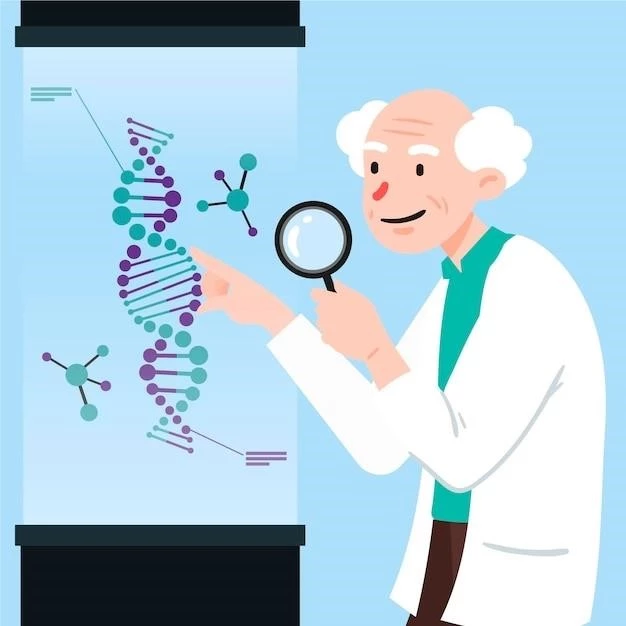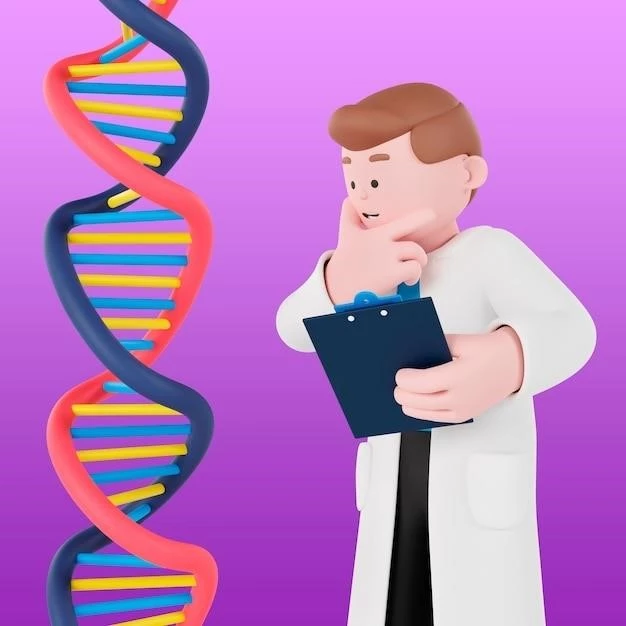Introduction to Moore–Federman Syndrome
The Moore–Federman Syndrome is a rare medical condition characterized by short stature, joint stiffness, distinctive facies, and ocular abnormalities. Several genetic conditions share similarities with this syndrome, such as acromicric dysplasia and Myhre syndrome.
The Moore-Federman Syndrome is an uncommon condition characterized by dwarfism with disproportionately short legs, joint stiffness, and ocular anomalies like hyperopia and cataract. This syndrome shares similarities with acromicric dysplasia, geleophysic dysplasia, and GOMBO syndrome. The genetic basis of the syndrome is complex, with genetic testing playing a crucial role in diagnosis and counseling. Patients with Moore-Federman Syndrome often require comprehensive medical management and lifelong care to address the associated symptoms and ensure an improved quality of life.
Overview of the Disease
The Moore-Federman Syndrome presents with distinctive characteristics such as short stature, joint stiffness, and ocular abnormalities like hyperopia and cataract. It shares similarities with other genetic conditions like acromicric dysplasia, highlighting the complexity of its genetic basis.
The Moore-Federman Syndrome is characterized by dwarfism with disproportionately short legs, stiffness of the joints, and ocular anomalies like hyperopia, glaucoma, cataract, and retinal detachment. Patients typically present with reduced joint mobility or stiffness and may exhibit additional features such as thickened skin on the forearms.
Characteristic Facies and Ocular Abnormalities
Patients with Moore-Federman Syndrome often exhibit characteristic facies including short fingers and thickened skin on the forearms. Ocular abnormalities such as hyperopia, glaucoma, cataracts, and retinal detachment are common features of the syndrome, contributing to the complexity of diagnosis and management.
Short Stature and Joint Stiffness
Individuals with Moore-Federman Syndrome often present with a unique combination of dwarfism characterized by disproportionately short legs, joint stiffness, and ocular anomalies such as hyperopia, glaucoma, cataracts, and retinal detachment. This distinct set of features contributes to the diagnostic process and management of the syndrome.
Similarities and Differences
The relationship between Acromicric Dysplasia and Moore-Federman Syndrome has been a subject of debate. Some studies suggest that they may be the same entity based on the similarities in clinical features such as short stature, stiffness of the joints, and characteristic facies. However, further research is needed to conclusively determine the relationship between these syndromes.

Genetic Basis of the Syndrome
The Moore-Federman Syndrome has complex genetics. Studies suggest similarities with acromicric dysplasia, raising debates on their relationship due to overlapping clinical features. Genetic testing is vital for accurate diagnosis and counseling in managing this syndrome.
Inheritance Pattern
The inheritance patterns of the Moore-Federman Syndrome are complex and may involve autosomal dominant transmission. Research suggests similarities with other genetic conditions like acromicric dysplasia, raising questions about the genetic basis of these syndromes and their mode of transmission.
Case Studies and Research Findings
A case report described Moore-Federman syndrome as a rare cause of pseudoscleroderma. Research explores similarities with acromicric dysplasia, raising questions about their relationship and genetic basis.
Reported Cases and Clinical Observations
A case report described Moore-Federman syndrome as a rare cause of pseudoscleroderma. Research explores similarities with acromicric dysplasia, raising questions about their relationship and genetic basis.
Treatment and Management Approaches
Patients with Moore-Federman Syndrome often require individualized treatment plans to manage symptoms like short stature, joint stiffness, and ocular abnormalities. Multidisciplinary approaches involving orthopedic interventions, ocular care, and supportive therapies are essential for optimizing patient outcomes.
Current Therapeutic Strategies
The management of Moore-Federman Syndrome typically involves a multidisciplinary approach to address the diverse symptoms. Current therapeutic strategies encompass orthopedic interventions to manage joint stiffness, ocular care for visual abnormalities, and supportive therapies to enhance the quality of life for affected individuals. Tailored treatment plans are crucial to optimize patient outcomes and ensure comprehensive care.

Prognosis and Long-Term Outlook
Patients with Moore-Federman Syndrome may require lifelong individualized care to manage symptoms effectively. The complex nature of the syndrome necessitates ongoing medical attention and proactive treatment approaches to enhance quality of life and overall prognosis.
Impact on Quality of Life
Moore-Federman syndrome can have a profound impact on the quality of life of affected individuals due to the diverse range of symptoms and complexities associated with the condition. Managing short stature, joint stiffness, and ocular abnormalities can significantly influence daily living and overall well-being, highlighting the importance of comprehensive care and support services to enhance the quality of life for those with this syndrome.
Differential Diagnosis with Geleophysic Dysplasia
A differential diagnosis between Moore-Federman syndrome and Geleophysic dysplasia relies on key distinguishing features such as facial appearance, proximal femora aspect, and the presence of storage phenomena. Understanding these differences is crucial for accurate diagnosis and proper management of individuals with these distinct syndromes.
Key Points for Distinguishing Between the Syndromes
Distinguishing between Moore-Federman Syndrome and Geleophysic Dysplasia relies on key factors such as facial appearance, proximal femora aspect, and the presence of storage phenomena. These distinct features play a crucial role in accurately diagnosing and differentiating these syndromes.
Genetic Testing and Counseling
Genetic testing plays a pivotal role in diagnosing Moore-Federman syndrome, aiding in accurate identification and understanding of the syndrome’s inheritance patterns. Counseling by healthcare providers is crucial to support individuals and families in managing the genetic implications of the syndrome.
Role of Health Care Providers
Health care providers play a crucial role in offering genetic testing and counseling to individuals with Moore-Federman Syndrome. By facilitating accurate diagnosis, informing about inheritance patterns, and providing support, healthcare professionals enhance the understanding and management of this genetic condition for affected individuals and their families.
Current Research and Future Directions
Recent studies explore the genetic and clinical complexities of Moore-Federman syndrome, shedding light on potential advancements in understanding the syndrome’s pathogenesis and treatment modalities. As research progresses, there is a growing focus on elucidating the underlying mechanisms and developing novel therapeutic strategies to improve patient outcomes.
Advances in Understanding the Syndrome
Recent research on Moore-Federman syndrome has focused on elucidating its genetic underpinnings and clinical manifestations to enhance diagnostic accuracy and therapeutic interventions. As advancements in understanding the syndrome continue, potential future directions include targeted treatment modalities and personalized care approaches tailored to the individual needs of patients with this rare genetic condition.
Patient Resources and Support Groups
Access valuable resources and support groups for individuals with Moore-Federman syndrome to enhance information access and facilitate community connections for better understanding and coping with the condition.
Access to Information and Assistance
Individuals affected by Moore-Federman syndrome can access valuable information and assistance through patient resources and support groups, providing them with educational materials, emotional support, and connections to a community facing similar challenges. These resources play a crucial role in empowering individuals and families to navigate the complexities of the syndrome and improve overall well-being.
Conclusion
In conclusion, Moore-Federman syndrome poses challenges due to its complex genetic nature and diverse clinical manifestations. As research progresses and understanding deepens, there is hope for improved diagnostic accuracy, personalized treatments, and enhanced support for individuals and families affected by this rare genetic condition.
